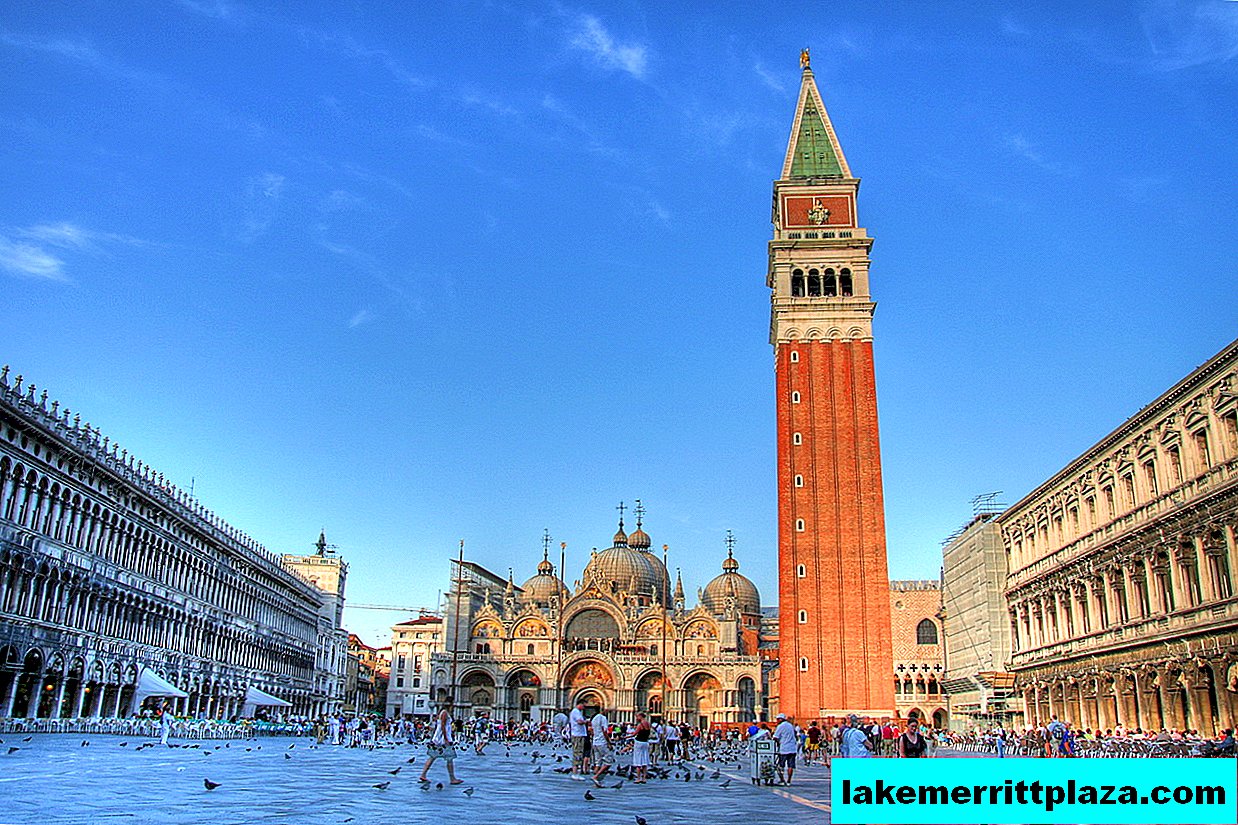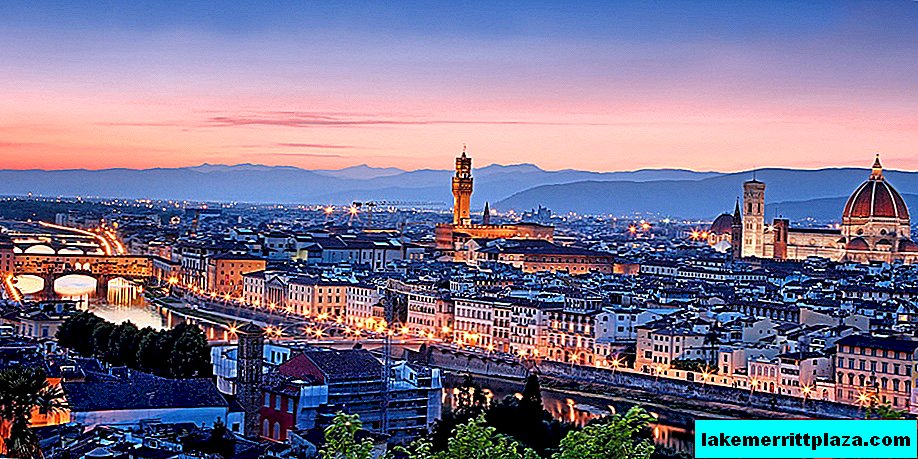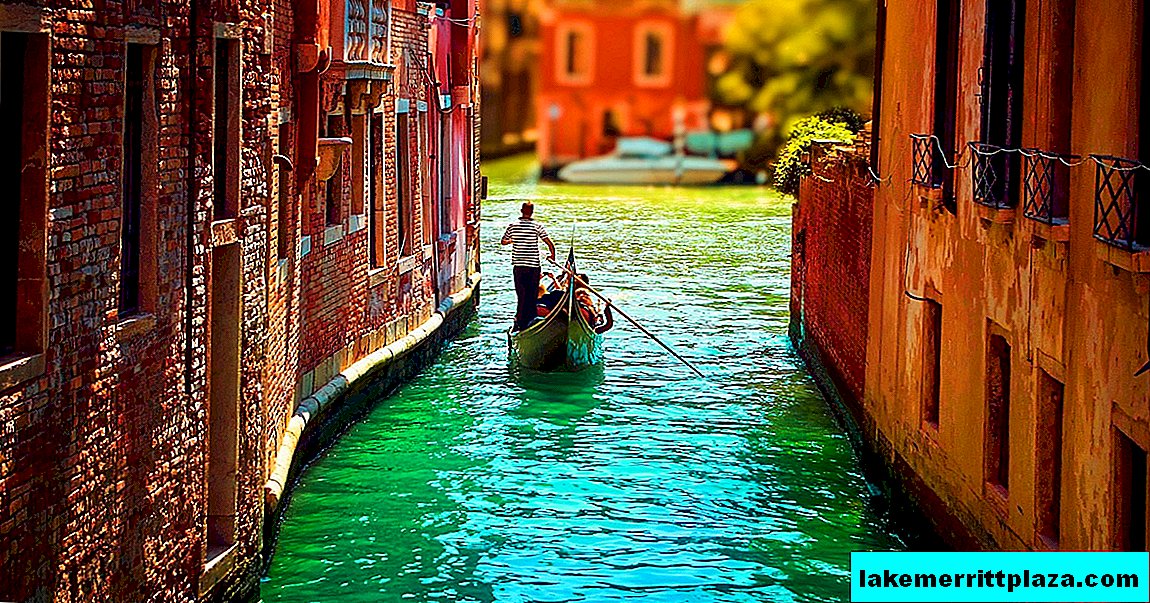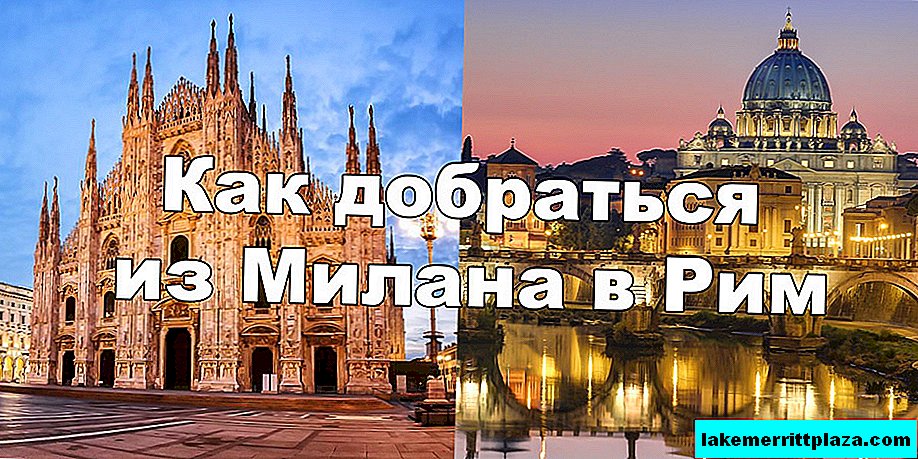After 12 years of careful study, building theories and arguments, the Texas scientist proudly declares that he revealed the secret of Mona Lisa’s mysterious smile, which no one has succeeded in five hundred years since the writing of the world-famous painting masterpiece by the legendary Italian artist Leonardo da Vinci (Leonardo da Vinci).
In his recently published book “The Lady Speaks: Uncovering the Secrets of the Mona Lisa” American historian William Varvel argues that La Gioconda was a member of the 16th century feminist movement, which advocated for women to play a special role in the organization of the Catholic Church.

“The Mona Lisa tried to show people that New Jerusalem will be possible as soon as they recognize the theological rights of women,” explains Varvel, 53, a former professor of mathematical sciences. - “The Mona Lisa may be a special statement by women about their rights”. The theory of the Texas historian has become another among the many assumptions expressed regarding the mysterious smile depicted in the picture of the beauty.
For more than five centuries, scientists have been trying to understand what is hidden behind an unusual smile that continues to captivate the hearts of visitors to the Louvre, where the picture is located.
The story mentions a certain lady Mona Lisa, also known as Lisa del Giocondo (Lisa del Giocondo), a married woman who married a Florentine wealthy merchant and bore him five children. According to researchers, it was Lisa’s husband who commissioned her portrait of Leonardo da Vinci, who painted for several years, presumably from 1503 to 1506.
In his book, difficult to read and understand, the American historian Varvel explains that throughout his career, Da Vinci painted “every line” on the canvas of the last chapter of the Old Testament, which states the New Jerusalem.
The artist did this in order to prove to everyone that "the rights of women in the church must be recognized."
Moreover, the Texas researcher is sure that “in the background of his masterpiece Leonardo depicted 40 separate characters from the 14th chapter of the Bible.” For example, Golgotha is depicted behind Mona Lisa's right shoulder, but on the contrary you can see Mount of Olives. Varvel argues that for Da Vinci, the idea of the New Jerusalem "consisted in the universal recognition of not only men, but also women."
And the smile of Mona Lisa, according to him, is nothing more than a reflection of the artist’s ideas about the new future.
It is worth noting that Varwell himself for all the years of his painstaking work, was never able to visit France and see with his own eyes the object of his research. “I'm not going to fight a crowd of tourists to take a look at the Mona Lisa,” he said. - “If I gather in Paris, I hope they will provide me with a personal inspection of the painting, otherwise I’ll just leave.”

Meanwhile, one of the most famous paintings by the Italian artist continues to conquer the world. Some connoisseurs of art, having visited the Louvre, say that looking at Mona Lisa they felt the special magic of her eyes, Japanese developers figured out how her voice could sound, and a doctor diagnosed the depicted lady with an increased level of cholesterol in her blood.
«Someone even claimed that Mona Lisa is a man, a self-portrait of Leonardo da Vinci himself"- recalls the historian Laure Fagnart (Laure Fagnart).
“I believe that there is nothing hidden in the picture,” the Renaissance art specialist added, noting that she had not read the book of his Texas colleague. “This is a portrait of a woman belonging to the bourgeoisie, one of many and different from the rest only in that it is more difficult to understand. “Da Vinci was an artist who put a special idea into his every creation.”








